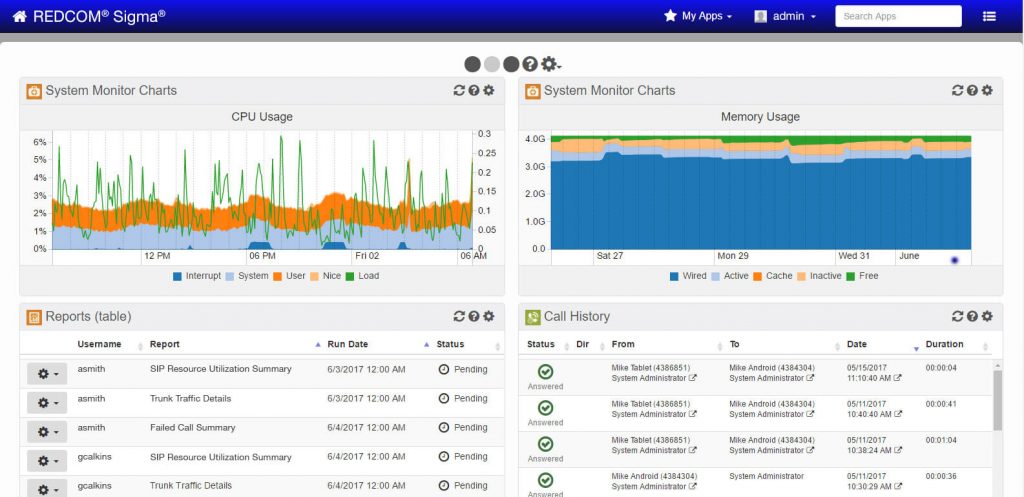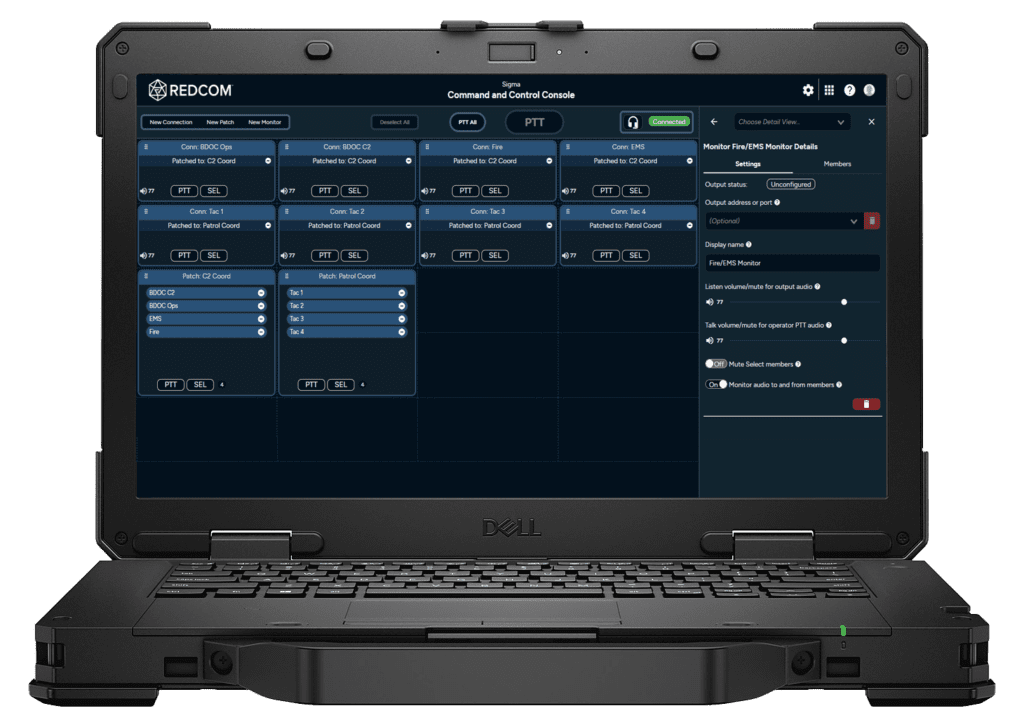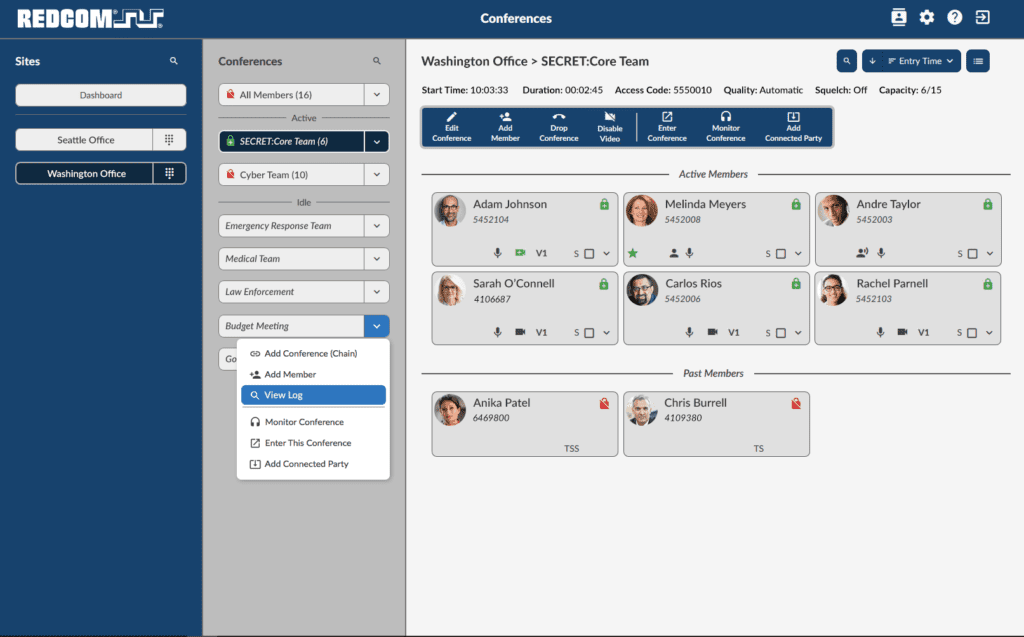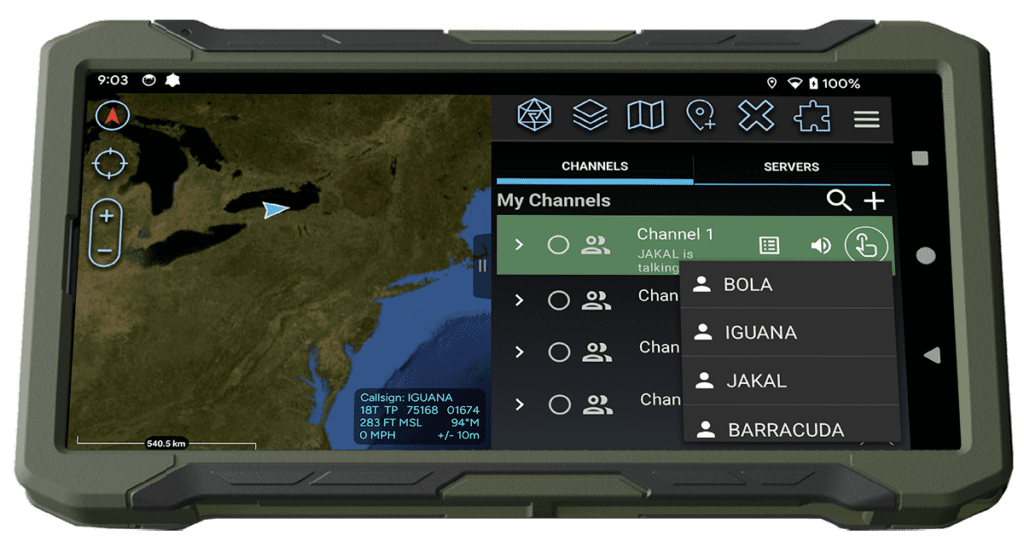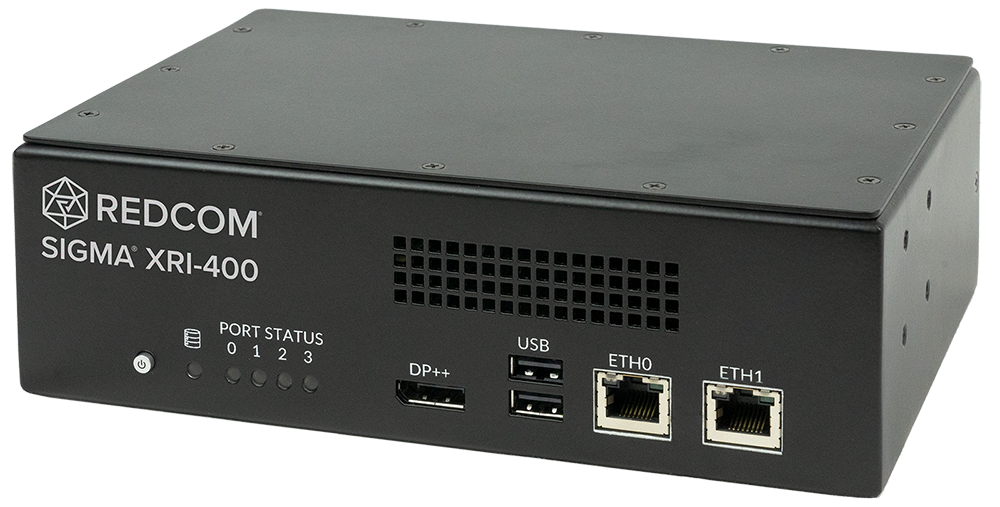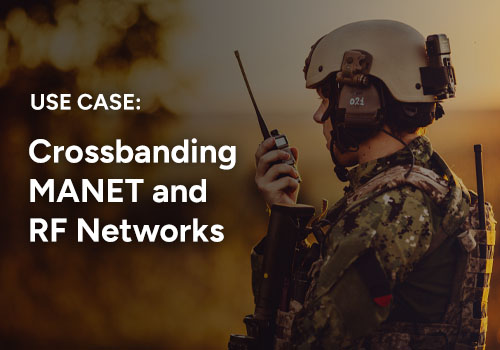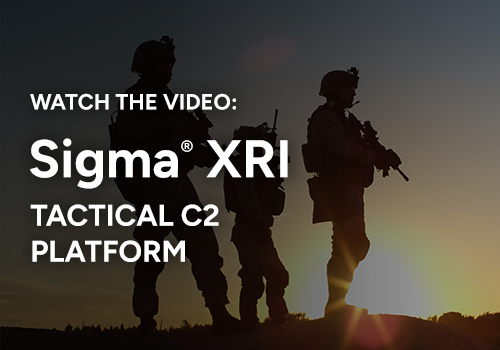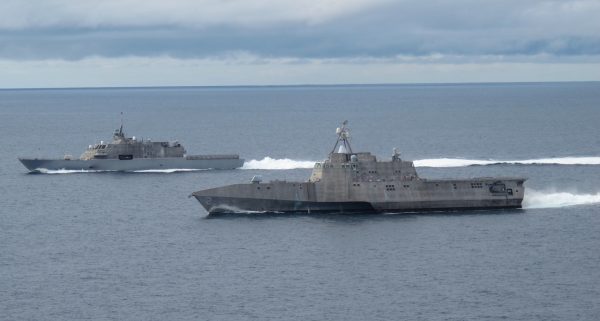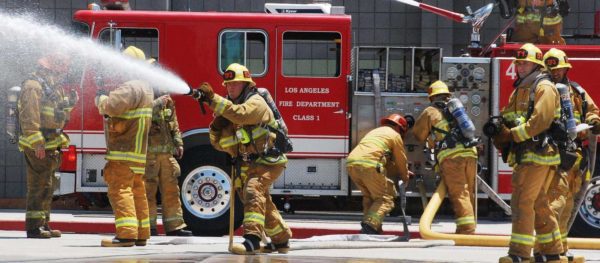Executive Overview
The United States Army has selected REDCOM Sigma® as the call control software for its Program Executive Office Command, Control, Communication Network (PEO C3N, formerly PEO-C3T) modernization efforts. The U.S. Army chose REDCOM Sigma due to the software’s small footprint, intuitive interface, resilient architecture, ability to interoperate with existing devices, and simple licensing model.
The Customer
The U.S. Army’s network modernization strategy is designed to enable the Army to “fight tonight” while also actively seeking next-generation solutions to stay ahead of potential adversaries. This strategy is a fundamental change in the Army’s approach to tactical network design, which is aimed at keeping pace with threats in the near term and developing a future network through rapid insertion of new technology and focused science and technology efforts.
The U.S. Army PEO C3T develops, acquires, fields, and supports the Army’s tactical network. PEO C3T delivers the hardware and software required to provide Army formations with an expeditionary, mobile, simple to use, and hardened tactical network.
The Challenge
The Army’s existing network is too complex, too fragile, and insufficiently mobile. It lacked scalability and was not adequately expeditionary or interoperable with joint and interagency partners. It also wasn’t postured to acquire and rapidly integrate new technologies in a reasonable time frame or at a reasonable cost.
The Secretary of the Army Mark T. Esper lays out his vision for the Army of 2028, “Build the Army of 2028 that is ready to deploy, fight and win decisively against any adversary, anytime, anywhere, in a joint, multi-domain, high-intensity conflict, while simultaneously deterring others and maintaining our ability to conduct irregular warfare.”
The objective of the Army’s network modernization program is to simplify the network incrementally. To do this, the Army is adopting hardware and software that streamline network initialization and management while also increasing capabilities. The overall goals were as follows:
- Achieve a flat network
- Remove stovepipes at the echelon level that box them in and limit their flexibility
- Converge disparate networks, and flatten the architecture so it can be more dynamic and intuitive
- Allow soldiers to easily communicate and ward off jamming attacks as they maneuver semi-autonomously on a fluid, complex battlefield
- Operate the network seamlessly in any environment around the world and combine warfighting functions on to a common integrated tactical network
The REDCOM Solution
REDCOM Sigma is a software-based C2 platform designed to increase the warfighter’s operational flexibility while reducing size, weight, and power (SWaP) requirements. Designed specifically for the tactical edge, Sigma’s feature set includes VoIP, Video (P2P), Chat/XMPP with Presence, Voice Conferencing, Transcoding, Unified Messaging, and full Multi-Level Precedence and Preemption (MLPP) support. REDCOM Sigma is based on open standards with a focus on security, reliability, and interoperability, and is listed on the DoDIN Approved Products List (APL).
REDCOM’s role in supporting the U.S. Army’s modernization effort is focused on helping the Army achieve unified network transport. This is important because it facilitates multiple communication pathways in contested and congested environments for commanders while enabling faster and more informed command decisions.
Michael Sofinowski, PdM Mission Network (M.N.), System Engineer recognizes REDCOM’s contributions to the Army’s network modernization and highlights the benefits of REDCOM Sigma. “It supports the coalition environment by having a nested voice capability across the services, and the video features meet the desires of staff element at multiple echelons of the Army,” Sofinowski states. “We are putting the ability to monitor and troubleshoot voice back into the hands of the warfighter. That is something that hasn’t been the case since 2005.”
The U.S. Army selected REDCOM Sigma® for PEO C3T network modernization efforts due to the software’s small footprint, intuitive interface, resilient architecture, ability to interoperate with existing devices, and simple licensing model.
Reduced Hardware/Software Footprint: Existing solutions required the deployment of multiple virtual machines or pieces of hardware for the same functionality, but REDCOM Sigma can deliver call control, conferencing, transcoding, and more all within a single virtual machine. This delivers a solution that is more agile and expeditionary for the Army. Additionally, the storage, memory, and processor requirements for Sigma are significantly lower than previous solutions. With Sigma, the Army cuts the amount of hardware it has to field, support, and transport, yielding major cost savings per deployment.
Intuitive user interface: Sigma’s intuitive web-based interface reduces training ramp-up time, without the need to learn a command-line interface. The interface is easy to navigate, highly customizable, and quick to set up. This helps eliminate the U.S. Army’s reliance on industry field service representatives and enables rapid deployment.
Resilient to hard shut-downs and rapid boot time: Sigma does not require the operator to “save” the work before shutting down, and therefore is resilient to hard or unexpected power-off. Additionally, it has an extremely rapid boot time. These factors make Sigma ideally suited for tactical deployments and are directly aligned with the U.S. Army’s strategy to become more agile.
Interoperability with legacy devices: With a standards-based approach, REDCOM has ensured that Sigma is interoperable with the existing deployed base of handsets. This results in cost savings for the Army by avoiding the “rip and replace” of tens of thousands of handsets.
Simple and scalable licensing: REDCOM Sigma offers a simple and flexible licensing model with a minimum of options, all delivered in a single license file. This reduces the complexity of pricing, ordering, integrating, and deploying Sigma, which in turn reduces operational costs. This enables Sigma to easily scale to meet requirements up to the Division and Corps, and down to the Company and below.
Included Army Programs
The network modernization includes multiple programs within the U.S. Army, including the following:
The Tactical Network Transport At-The-Halt (TN-T ATH): The Army continues to modernize the at-the-halt capability that increases and optimizes bandwidth and improves interoperability, while increasing resiliency in a contested environment. The Network Integration Technology Enhancement (NITE) will refresh end-of-life (EOL) at-the-halt Tactical Network Transport equipment in the Tactical Hub Node (THN), Joint Network Node (JNN), Command Post Node (CPN), and Regional Hub Node (RHN).
Tactical Network Transport On-The-Move (TN-T OTM): On-the-move Tactical Network Transport ensures effective and less predictable offensive and defensive operations. The newly fielded TCN-Lite (L); NOSC-L; Next Generation Point of Presence (NextGen PoP) and NextGen Soldier Network Extension (SNE) reduce system complexity to make the systems easier to train, operate, maintain and sustain.
Enroute Mission Command (EMC): The system’s suite of plane-to-plane, plane-to-ground network communications capabilities provide GRF commanders with the same mission command capabilities they would use in a command post on the ground, in essence turning the plane into a “flying command post.” The EMC capabilities increase the reliability of unit communications between aircraft and can extend the same enroute communications, enhanced situational awareness and planning capabilities to other planes that are flying to the mission, enabling all forces to remain synchronized.
Commercial Coalition Equipment (CCE): The CCE can be rapidly reconfigured to provide secure tactical access for the coalition or commercial networks to support both civil and military operations. CCE enables the Army to both send and receive critical situational awareness with its coalition partners and contribute to a real-time common operating picture across the theater of operations.
Disaster Incident Response Emergency Communications Terminal (DIRECT): DIRECT securely leverages the Army National Guard’s organic satellite-based tactical network transport equipment, the same used by the Active Army, to enable voice, video and data communications, even when local infrastructure has been damaged or destroyed. DIRECT will be fielded to all 50 states and four territories with an Army National Guard presence.
Expeditionary Signal Battalion- Enhanced: The Expeditionary Signal Battalion-Enhanced (ESB-E) Pilot provided valuable feedback to shape equipment solutions and force structure to enhance the service’s 24 ESBs. The equipment tool suite is also tailorable and scalable to enable new ESB-Es to support small teams to corps sized elements, and a wide variety of mission sets.
The Future
The U.S. Army will continue to improve its tactical network, enhancing the way it is operated, managed, and defended across all echelons and domains. As the Army delivers network modernization improvements today, it is also positioning itself to quickly adopt innovative enhancements to support future capability sets. REDCOM has a history of responsiveness to the needs of our government and military customers, and that includes the U.S. Army’s current and future requirements. REDCOM will continue to invest in R&D on the Sigma platform to meet evolving requirements and deliver enhanced functionality for our warfighters at the tactical edge.
